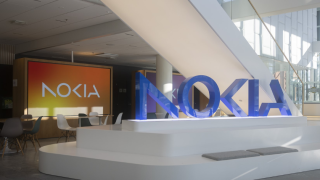Powered by the Nokia Digital Automation Cloud (DAC) platform, the new private wireless network use 4.9G LTE to deliver high-bandwidth, low-latency connectivity, and improved network predictability in piers and yards.
It will connect hundreds of workers, sensors, equipment and vehicles across an area of 31 hectares. Nokia will also provide the RAN network, training, implementation services and remote support.
“By deploying an industrial-grade private wireless network at San Antonio Terminal Internacional (STI), the port will have a robust, secure and predictable wireless connectivity platform," said Marcelo Entreconti, head of enterprise for Latin America at Nokia.
"With this project, STI takes an important step in its digitalisation journey, improving safety and productivity with a future-ready platform also capable of supporting digitalization and automation use cases.”
San Antonio Terminal Internacional (STI) is the main port terminal in Chile. It is the closest port to all the main cities in Chile, only 110km from Santiago through highway 78; and also connected to many key production centres in Southern Chile.
Nokia DAC is an end-to-end private wireless network and edge computing platform designed to meet the needs of asset-intensive industries such as port terminals. The platform lays the foundation for future use cases such as remote and autonomous crane operations within the piers and yards, as well as new capabilities at STI.
Nokia ushered in a number of industry announcements last month, this includes plans to open a new 5G and 6G research and development centre in Amadora, Portugal, a collaboration with stc to implement of energy-efficient solutions, enabling stc to reduce its carbon emissions and support its net-zero targets, and London Internet Exchange (LINX) confirmed Nokia as the supplier partner for its new Kenyan interconnection facility.






